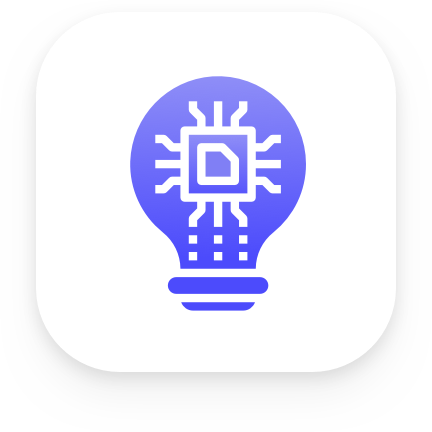Comments
There's unfortunately not much to read here yet...
We consider the problem of building high-level, class-specific feature detectors from only unlabeled data. For example, is it possible to learn a face detector using only unlabeled images? To answer this, we train a 9-layered locally connected sparse autoencoder with pooling and local contrast normalization on a large dataset of images (the model has 1 billion connections, the dataset has 10 million 200x200 pixel images downloaded from the Internet). We train this network using model parallelism and asynchronous SGD on a cluster with 1,000 machines (16,000 cores) for three days. Contrary to what appears to be a widely-held intuition, our experimental results reveal that it is possible to train a face detector without having to label images as containing a face or not. Control experiments show that this feature detector is robust not only to translation but also to scaling and out-of-plane rotation. We also find that the same network is sensitive to other high-level concepts such as cat faces and human bodies. Starting with these learned features, we trained our network to obtain 15.8% accuracy in recognizing 20,000 object categories from ImageNet, a leap of 70% relative improvement over the previous state-of-the-art.
There's unfortunately not much to read here yet...
Ever having issues keeping up with everything that's going on in Machine Learning? That's where we help. We're sending out a weekly digest, highlighting the Best of Machine Learning.
 Best of Machine Learning
Best of Machine Learning
Discover the best guides, books, papers and news in Machine Learning, once per week.